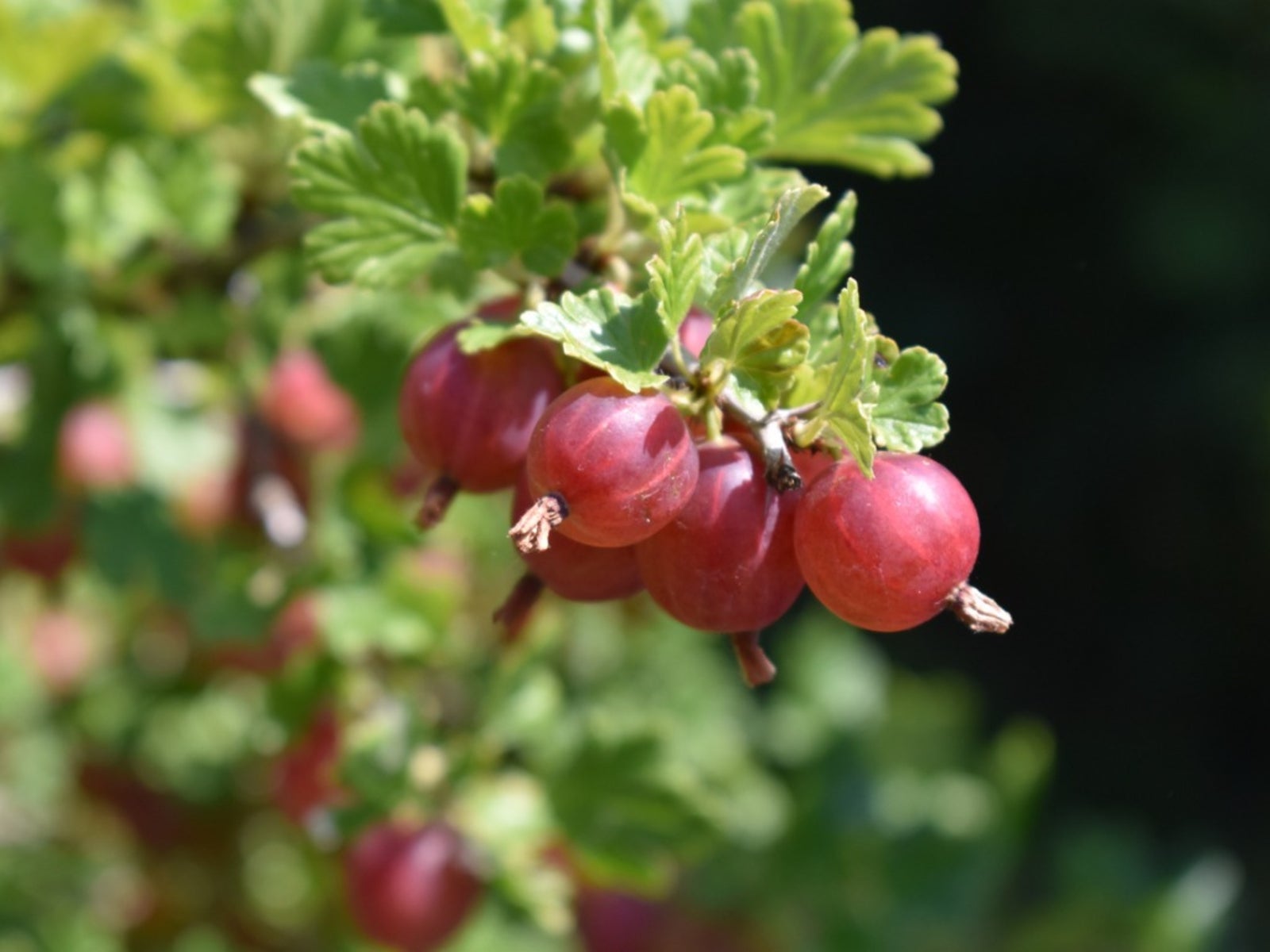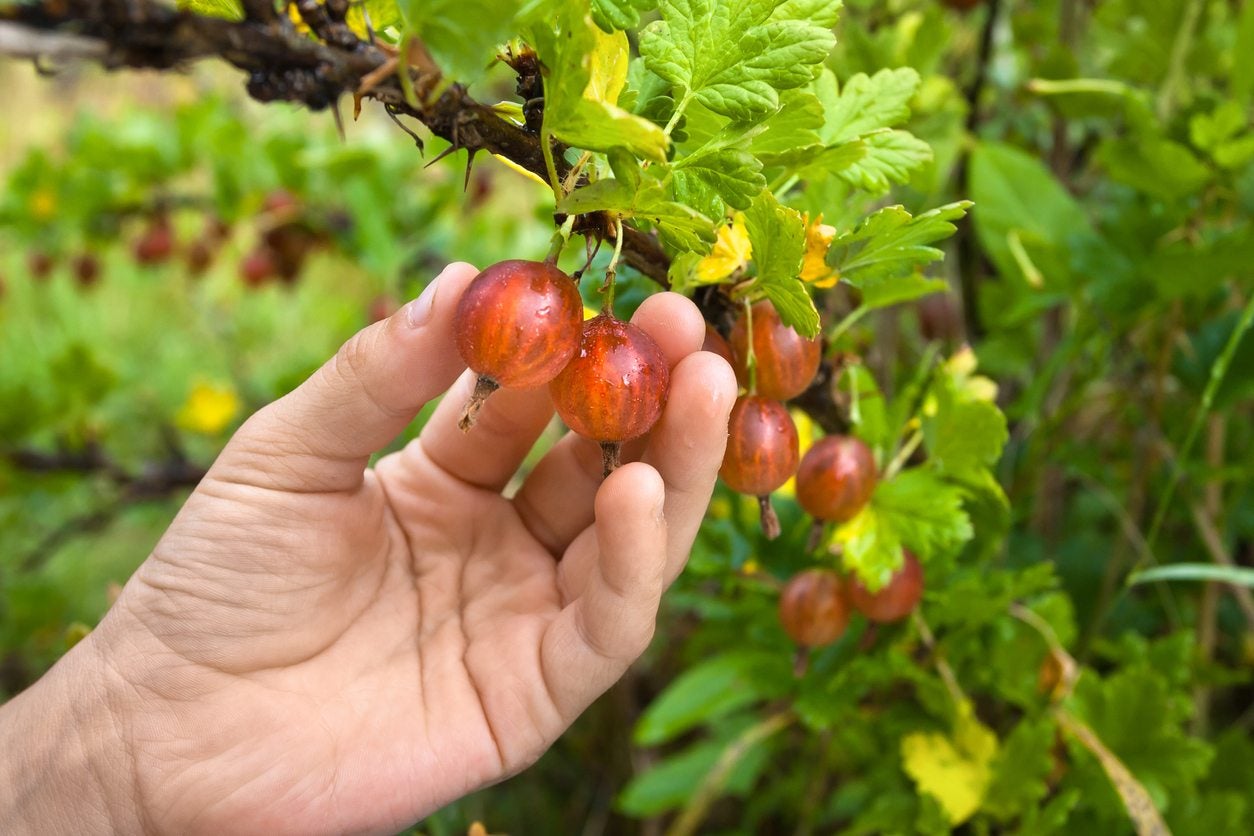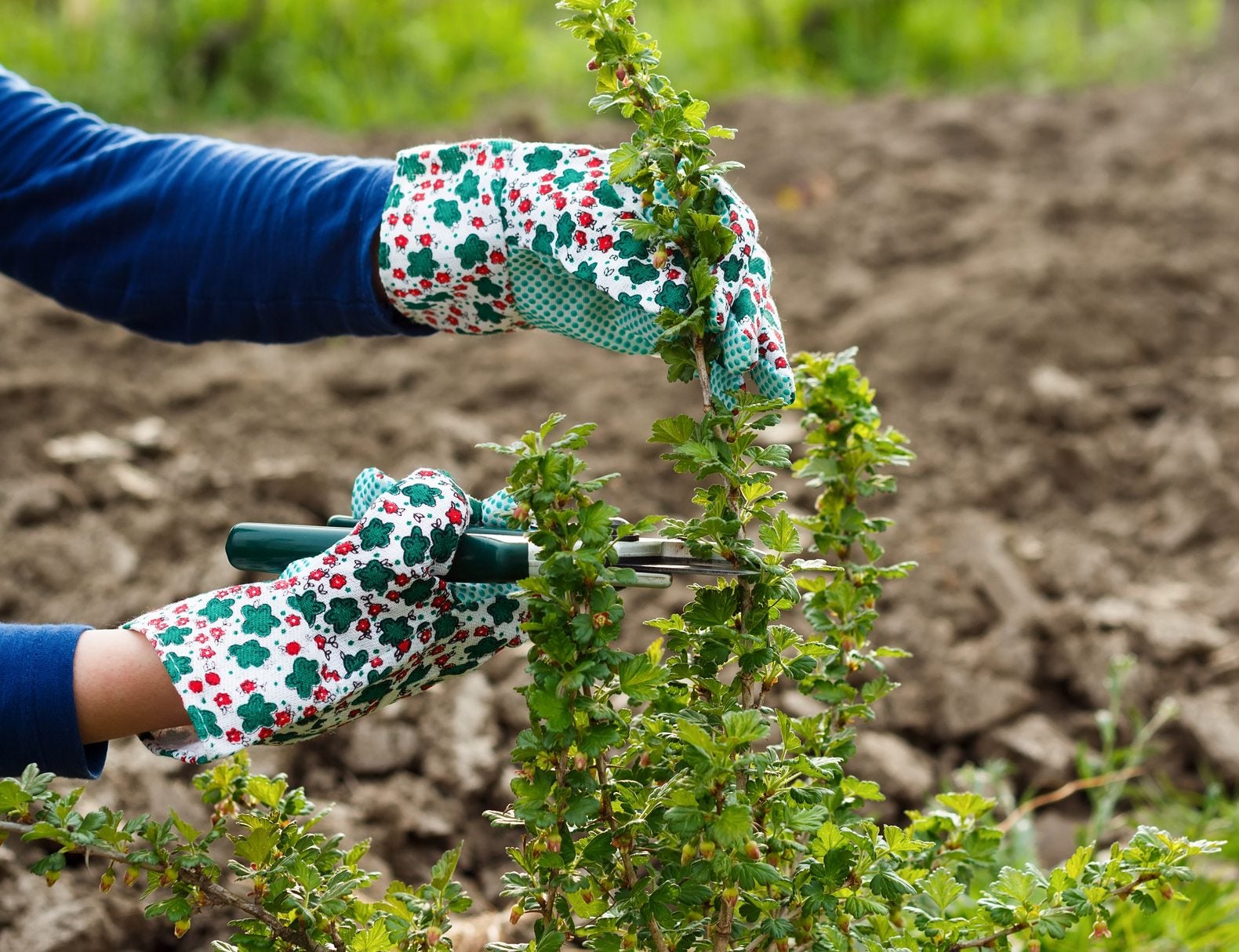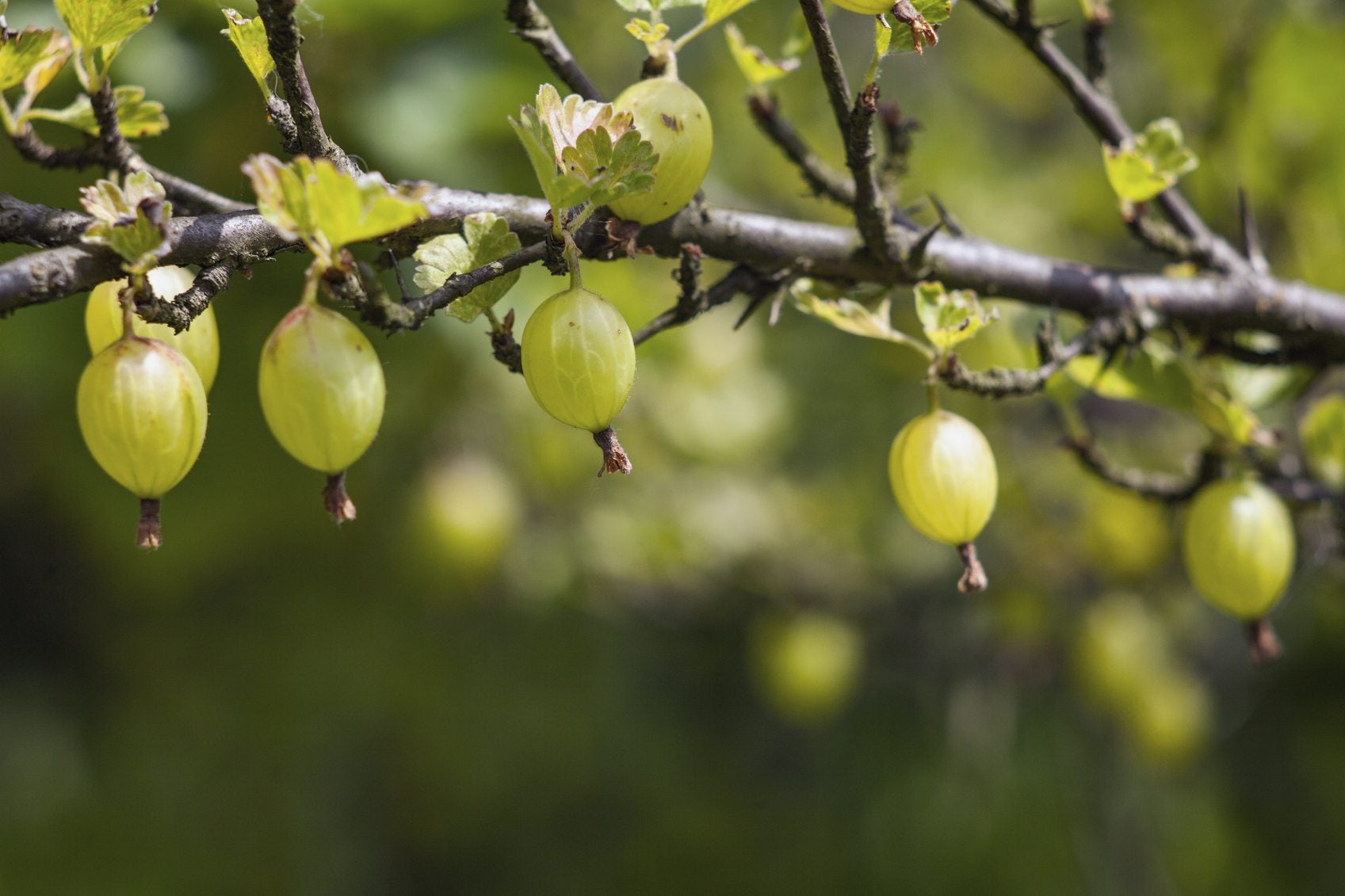Help, My Gooseberry Fruit Has Maggots: Currant Fruit Fly Control


Not every gardener is acquainted with the gooseberry, but those who are will never forget their first taste of the edible fruits that ripen dramatically from green to wine purple or black. Gardeners are rediscovering this old-fashioned favorite and giving it a prominent place in the orchard, garden, or landscape. However, when you discover that your gooseberry fruit has maggots, a little know-how can go a long way.
Currants and Gooseberries
Pretty enough to work as edible landscaping, the gooseberry is covered in deeply scalloped foliage and bears its fruits along its canes, dangling like pearl earrings. Gooseberries are closely related to currants and these plants share a few significant pests. For example, both currants and gooseberries suffer serious losses from Euphranta canadensis, small flies known as currant fruit flies or gooseberry maggots, depending on their stage of development. If you can prevent adults from depositing eggs in developing fruits, you'll be baking gooseberry pies in no time.
Controlling Gooseberry Worms
You may not even realize that your gooseberry fruit has maggots until they start to ripen, since gooseberries can do quite well with very little care. The damage to your gooseberries will vary, depending on how long the maggots have been present. Fruits may drop prematurely or develop dark areas inside of red spots as the maggots feed on pulp and mature. Currant fruit fly control is the only way to control gooseberry worms; you must break the life cycle of these pests to save your fruit. If any of your gooseberry bushes are unaffected by gooseberry maggots, cover these plants with row covers to prevent infestation. Once fruits are picked, the row covers can be safely removed. Check fruits carefully on infested plants, disposing of those that appear to house gooseberry maggots. Lay heavy plastic or a tarp under infested plants to prevent the larvae from dropping into the ground to pupate. It may help to pin the tarp in place with landscape staples.
Chemical Controls for Gooseberry Maggots
Early in the season, as the gooseberries are just forming, you can spray kaolin clay on fruits and reapply it as the berries develop. It's made from a naturally-occurring clay and is perfectly safe for all gardens and gardeners. Fruit flies are repelled by kaolin clay, which attaches to their bodies and causes irritation and excessive grooming. It may also confuse them by changing the color of fruits. Other products should be applied carefully, once all blooms on your gooseberries are spent, to protect honeybees. Pyrethrin will kill currant fruit flies on contact, but doesn't have much staying power, making it safest for beneficial insects. Spinosad can be applied in the evening after bees are finished for the day, it only remains toxic to these insects for about three hours. Chemicals like zeta-cypermethrin, bifenthrin, fenpropathrin, and carbaryl are very effective against currant fruit flies. These chemicals form a poisonous barrier on sprayed plants. Read the product labels carefully before applying chemicals- you must wait several days after spraying to harvest fruits safely.
Gardening tips, videos, info and more delivered right to your inbox!
Sign up for the Gardening Know How newsletter today and receive a free copy of our e-book "How to Grow Delicious Tomatoes".

Kristi Waterworth was a regular contributor to Gardening Know How for many years, answering countless queries on plant pests and diseases.
-
 My Homemade Orchid Fertilizer Always Brings More Blooms – Here's The Easy Recipe That Transforms Plants
My Homemade Orchid Fertilizer Always Brings More Blooms – Here's The Easy Recipe That Transforms PlantsScientist-turned-gardener Mary Ellen Ellis shares her tried-and-tested DIY orchid fertilizer recipe, plus more ingredients to try for healthy, happy plants.
By Mary Ellen Ellis
-
 Looking For Plants To Give You The Soft And Fuzzies? Try These 5 Fuzzy Leaf Plant Options
Looking For Plants To Give You The Soft And Fuzzies? Try These 5 Fuzzy Leaf Plant OptionsLovers of texture, drama, silver foliage and tactile plants will adore these special sensory garden additions. These fuzzy leaf plant options will leave you all aglow
By Susan Albert
-
 Harvesting Gooseberries: How And When To Harvest Gooseberry Plants
Harvesting Gooseberries: How And When To Harvest Gooseberry PlantsGooseberries are cool-weather berries that can be eaten fresh or turned into delicious jams or jellies. All is well and good, but how do you know when to harvest gooseberries? Click this article to find out when and how to harvest gooseberries.
By Amy Grant
-
 Cutting Back Gooseberry Bushes – How And When To Prune Gooseberries
Cutting Back Gooseberry Bushes – How And When To Prune GooseberriesGooseberry bushes can become tangled and unhealthy without pruning. The question is how to prune a gooseberry bush. Check out the article that follows to find out how and when to prune gooseberries in the garden. Click here to learn more.
By Amy Grant
-
 Rooting Gooseberry Cuttings: Taking Cuttings From Gooseberry Bush
Rooting Gooseberry Cuttings: Taking Cuttings From Gooseberry BushYou don't have to buy new gooseberry plants to increase your crop. Growing gooseberry from cuttings is inexpensive and easy. The following article provides information about propagating gooseberry cuttings. Click here to learn more.
By Teo Spengler
-
 Growing Gooseberries - Tips To Grow Gooseberry Bushes
Growing Gooseberries - Tips To Grow Gooseberry BushesGooseberry bushes are really cold hardy. Anywhere you have fruit plants that won't grow because of the temperature, you will probably have no trouble growing gooseberries. Learn more here.
By Gardening Know How